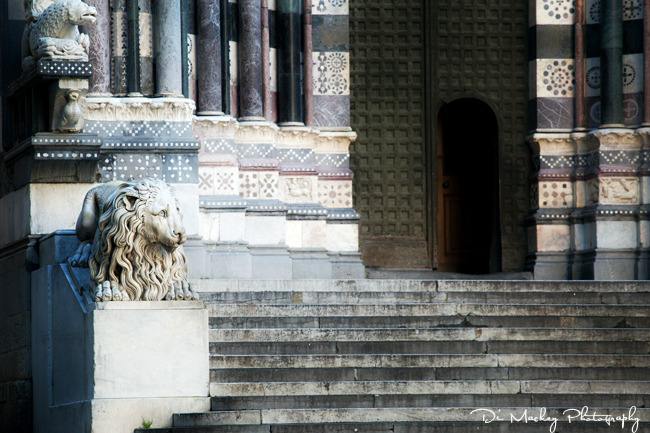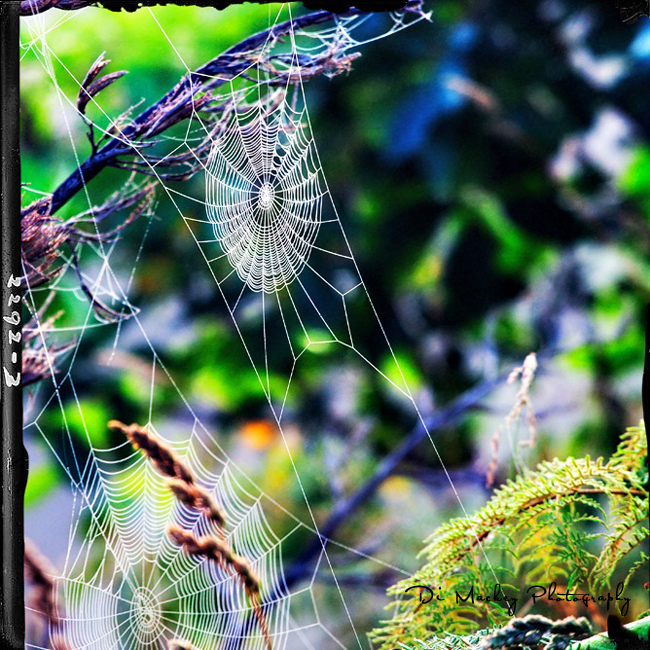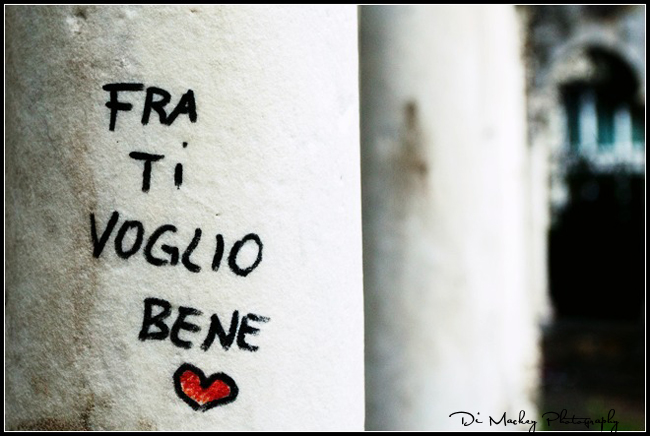
Jeanette Winterson, Art.
What art does is to coax us away from the mechanical and towards the miraculous. The so-called uselessness of art is a clue to its transforming power. Art is not part of the machine. Art asks us to think differently, see differently, hear differently, and ultimately to act differently, which is why art has moral force.
Ruskin was right, though for the wrong reasons, when he talked about art as a moral force. Art is not about good behaviour, when did you last see a miracle behave well? Art makes us better people because it asks for our full humanity, and humanity is, or should be, the polar opposite of the merely mechanical.
We are not part of the machine either, but we have forgotten that. Art is memory — which is quite different [from] history. Art asks that we remember who we are, and usually that asking has to come as provocation — which is why art breaks the rules and the taboos, and at the same time is a moral force.
Jeanette Winterson.
Alison Lurie, on great subversive works of childrens literature.
'The great subversive works of children's literature suggest that there are other views of human life besides those of shopping malls and the corporation. They mock current assumptions and express the imaginative, unconventional, noncommercial view of the world in its simplest and purest form. They appeal to the imaginative, questioning, rebellious child within all of us, renew our instinctive energy, and act as a force for change. This is why such literature is worthy of our attention and will endure long after more conventional tales have been forgotten.' -
Alison Lurie, from Don't Tell the Grown-ups, 1990.
Found over on Terri Windling's blog.

On My Way To That Airport in Milan
There was this older gentleman, riding an old bicycle, wearing a long black coat ... I imagined he was a priest at first. He was smoking a cigar. There were exclusive-looking shopping bags hanging from both handlebars. And he crossed the road on a red light and I thought, 'not so priestly'. Then again, quite possibly Father Healy might done that.
Anyway by the time I realised he wasn't a priest he had my attention. He stopped on the island in the middle of the road and lifted the camera he had hanging round his neck, using it to take a photograph of the old-fashioned apartment building in front of him.
Then, a few streets on, there was a small truck raised up on its mobility/stability stands while the ladder was raised. I can't be sure but it seemed like there was a big white cat sitting up in a tree waiting for rescue.
I reached the airport, hungry but craving something sweet too. When I write up this some might say, 'Oh Diane ...' but others may benefit from my honesty should they find themselves hunting down lunch at an airport in Milan. I ordered a mozzarella and tomato sandwich and ... a hot chocolate.
The waitress could barely put my order together. She was laughing so hard.
Sigh.
And laughing. And still laughing as I wandered off with my 5pm lunch.
Sometimes one just has to take the 'hit'. There were things I could have said but decided it was a life lesson.
I came to the departure lounge early to work on my marketing assignment but there was an elderly English academic talking to his wife two seats down from me. He was so ... so very much what you might except from a rather elderly English academic perhaps.
He had been at a conference here in Milan and was rather excited by the wine at dinner but disappointed by the behaviour of some of 'the team'. Talked of corruption and bureaucracy, so loudly, that I feared his way of speaking might slip into my writing. Maybe it has ...
Traveling between here and there always seems to drag me into a slightly surreal space. Speaking of surreal, I only managed to take one photograph of Davide, the Genovese guy who looks so remarkably like John Lennon ...
I went wandering with Alessandra, Federico, Barbara and Davide on Sunday. It was superb.

Apologies for the disasterous mess made with this post. I wasn't myself, with reason really. I had completely forgotten I had already used the photograph I first posted here ... in the previous post.
It's been a busy few days really.
Those Stairs, That Light, Genova
Sometimes I see the light, try to capture it, and a kind of alchemy happens so that I end up with an unexpected result.
I was on the stairs between Righi and the city, heading for the Sanctuary of Madonnetta, up there on the side of one of those steep Genovese hills when I saw the light. And it seemed beautiful.
My day had begun at 10am. I had the pleasure of spending two hours working with the lovely Beatrice. I watched as she used my camera, understanding my instructions so very quickly. I was impressed. Her English was good but even better she could understand my New Zealand English. It might be news to some but NZ English isn't always the simplest English to follow.
I had lunch down at Porto Antico with Barbara and we talked, as we do, until it was time to meet up with Alessandra, Federico and Davide. And they took us wandering, with Davide gifting me a portion of this ancient city's history as we went. The Davide who looks so remarkably like John Lennon.
We walked along Via Garibaldi, catching the Righi Funicular to the top of one of the hills that surround Genova, and then we walked some more.
I found the photograph when we were on the way down, using the ancient pathway to reach the Sanctuary of Madonnetta.

A vexillum beati Georgii
Unknown to the majority of the British public, The flag was "borrowed" from the Genoese Fleet. The reasoning was that the Genoese fleet was very powerful and it meant that it would deter pirates from attacking ships with the flag.
Source, wikipedia, with thanks to Alessandra for telling me of this.

